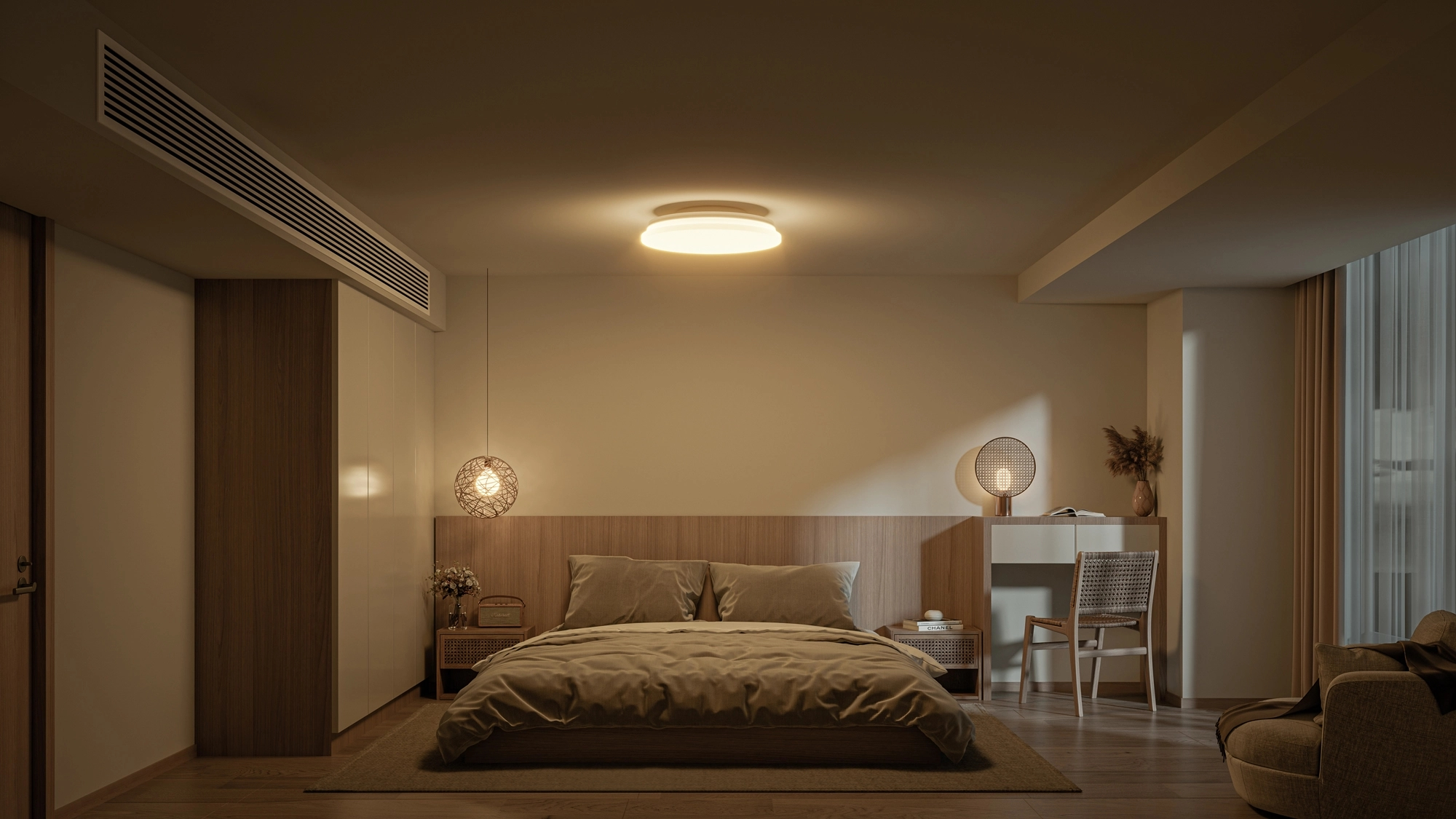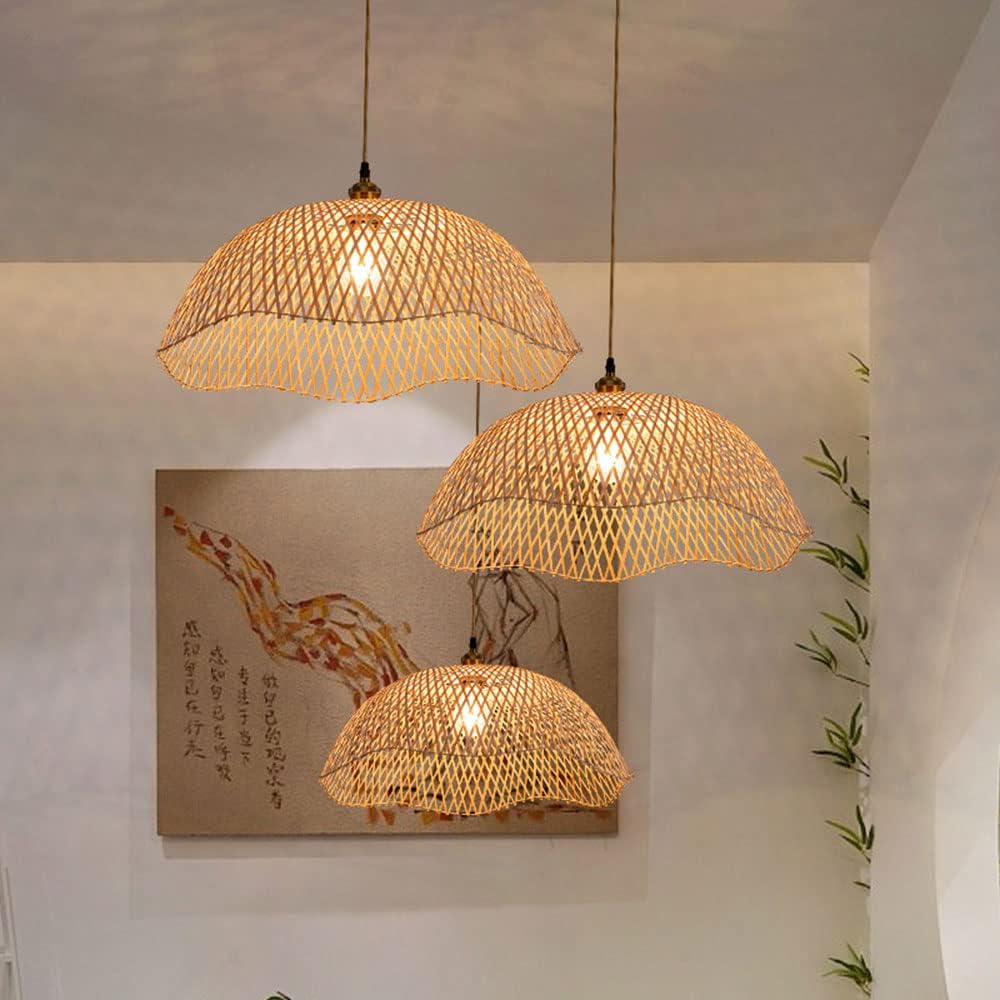When choosing lamps or designing lighting solutions, we often encounter some professional terms, among which "Lumen" and "Lux" are the two most common lighting units, and they are also very confusing terms. Although they are both related to the brightness of light, their meanings and uses are very different. Understanding the difference between the two is crucial for optimizing lighting effects and choosing lamps.
Follow XINSANXING, this blog will help you clearly understand the concepts of lumens and lux from a professional perspective, and provide a scientific basis for your lighting design.

1. What is Lumen?
Lumen (abbreviated as lm) is a unit used to describe the total light output of a lamp. It represents the total amount of light emitted by a light source per second and is an important indicator of how bright a light source is.
Characteristics of Lumen
Total light: Lumen represents the overall light output of a light source, regardless of where the light is distributed.
Characteristics of light source: Lumen only focuses on the total amount of light emitted by a light source, regardless of the direction or coverage of the light.
For example, an 800-lumen LED bulb is equivalent to the brightness of a traditional 60-watt incandescent bulb.
How to use lumens in lamp selection?
Higher lumen values mean brighter lamps, suitable for scenes that require high brightness, such as workspaces or commercial places.
Lower lumen values are suitable for creating a warm atmosphere, such as bedrooms or leisure spaces.
Tip: Different bulb types may have the same brightness, but different wattages. Instead of focusing on wattage, it is better to look at the lumen value directly.
2. What is Lux?
Lux (abbreviated as lx) is a unit used to describe the distribution density of light over a specific area. It represents the luminous flux received per unit area, that is, the "brightness" of the light.
Characteristics of Lux
Distribution density of light: Lux describes how light is distributed on a surface, not the total amount of light emitted by the light source.
Related to distance: The lux value changes with the distance between the light source and the target surface. For example, when the light source is closer to the target, the lux value of the target is higher.
Common applications of Lux
The lux value is usually used to measure the lighting intensity of a certain area and is an important reference for designing lighting solutions.
For example:
Residential: 100-300 lux is recommended for bedrooms and 200-500 lux is recommended for living rooms.
Office: Workstations require 500-1000 lux to ensure a clear visual environment.
Commercial venues: Focus exhibits in exhibition halls may require lighting over 2000 lux to highlight details.
3. The key difference between lumens and lux
Although both lumens and lux refer to brightness, they are very different in meaning and application. Here are their core differences:
| Characteristics | Lumen | Lux |
| Definition | Measures the total amount of light emitted by a light source. | Measures the luminous flux per unit area. |
| Focus | The brightness of a light source is independent of the distribution of light. | The density of light depends on the distance between the light source and the target. |
| Application scenarios | Used to evaluate the brightness of a lamp when purchasing a lamp. | Used to evaluate the brightness of a specific area when designing lighting. |
| Formula | Inherent properties of a light source. | Lux = Lumen / Illuminated area |
4. The relationship between lumens and lux
The relationship formula between lumens and lux reflects:
Lux = lumens/irradiated area
This means that even if the lumen value of the light source is fixed, the distribution range of the light can significantly affect the lux value. For example:
· If a 1000 lumen light source illuminates an area of 1 square meter, its lux value is 1000 lx.
· If the same light source illuminates an area of 10 square meters, its lux value will drop to 100 lx.
Therefore, the installation position of the light source, the distribution range of the light and the size of the target area will all affect the actual lighting effect of the light.

5. How to choose lamps based on lumen and lux?
In practical applications, relying solely on lumen or lux values cannot fully measure lamp performance. Here are some practical suggestions:
Residential lighting
When choosing a bulb, look at the lumen value first.
Living room: 2000-3000 lm (basic lighting + auxiliary lighting).
Bedroom: 1000-2000 lm, focus on soft light.
Lux optimization: Adjust the distribution density of light through lamp layout and installation height. For example, increase the lux value of local lighting through wall lamps or floor lamps.
Business or workplace
Choose lamps with high lumen values to ensure that the brightness of the light source meets the needs of covering a large area.
Lux requirements: Adjust the light intensity according to the functional requirements of the space. For example, 300-500 lux is recommended for conference rooms, while design studios require more than 1000 lux.

6. Common Misconceptions
Misconception 1: Focusing on wattage instead of lumen
The brightness of traditional bulbs is measured in wattage, while LED bulbs can provide higher lumen output at lower power. Therefore, wattage alone cannot accurately judge the brightness of a bulb. When purchasing LED lights, pay attention to lumen value first to ensure that the brightness requirements of the space are met.
Misconception 2: Ignoring the impact of lux on visual comfort
Even if the lumen value of a lamp is high enough, if the light distribution is uneven, some areas may be too bright or too dark, affecting the visual experience. Lamps should be arranged reasonably according to the function of the room to avoid a single light source. Layered lighting (a combination of ambient light, accent light and decorative light) can optimize lux distribution.
Lumen and lux are important units in the field of lighting, each measuring different light properties. When choosing lamps or designing lighting solutions, we need to combine lumens and lux, focusing on both the total brightness of the light source and the distribution density of light in a specific space.
I hope this article can help you clearly understand the difference and application of lumens and lux, and provide a scientific reference for your lighting project. If you have more questions or needs about lighting design, please feel free to contact us!
If You Are in Business, You May Like
Post time: Jan-04-2025










